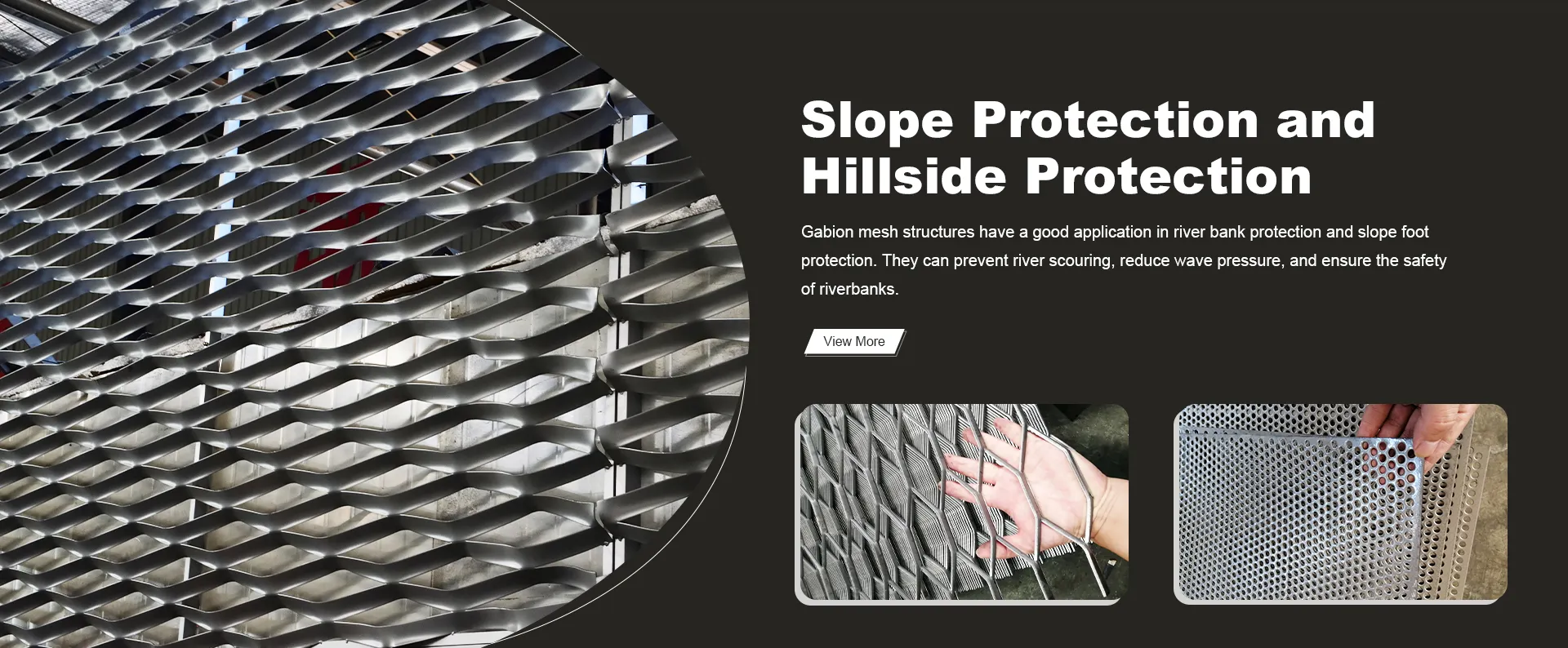-
 Phone:
Phone: -
 Email:
Email:

barbed wire and razor wire
The Complex Reality of Barbed Wire and Razor Wire Purpose, Use, and Implications
Barbed wire and razor wire are two of the most prevalent forms of security fencing used globally. They serve as formidable barriers with distinct designs and functionalities, embodying a dual nature of protection and confinement in various contexts. This article explores the characteristics, applications, and ethical implications of these widely-used materials.
Understanding Barbed Wire and Razor Wire
Barbed wire is a type of fencing wire that features sharp edges or points arranged at intervals along the strands. Invented in the late 19th century, barbed wire was initially hailed for its utility in agriculture, helping farmers to mark boundaries and protect livestock from trespassers. Its simple design is effective in deterring animals and intruders without creating a completely impenetrable barrier.
Razor wire, on the other hand, is a more advanced form of security fencing, featuring sharp, thin blades fashioned into a spiral or flat form. Its design emerged in the mid-20th century, primarily for military and prison security applications. Razor wire is significantly more challenging to climb over or cut through than barbed wire, making it a popular choice for high-security environments.
Applications in Various Sectors
Both barbed wire and razor wire find applications across different sectors. In agriculture, barbed wire is routinely used to fence off pastures and protect crops from animals. Its ease of installation and relatively low cost have made it a staple in rural settings.
In contrast, razor wire is predominantly used in situations that require heightened security. Prisons, military bases, and government buildings often utilize razor wire fencing to prevent unauthorized access. The presence of razor wire can deter would-be intruders simply by indicating that the area is highly restricted.
barbed wire and razor wire

Furthermore, in the context of international borders, both types of fencing are utilized to control immigration and enhance national security. Heightened use of these materials in border enforcement has sparked significant debates about human rights, legality, and morality, especially when it involves vulnerable populations seeking asylum.
The Ethical Dimensions
While barbed wire and razor wire serve vital protective functions, their implications extend beyond mere physical barriers. The presence of such fences often symbolizes divisions, whether geographical, political, or social. For instance, the use of razor wire along borders can evoke strong feelings of hostility and isolation, leading to questions about the humane treatment of individuals who attempt to cross.
Critics argue that the stringent use of these materials fosters environments of fear and mistrust. In places where razor wire is prevalent, such as in refugee camps or migrant detention centers, the psychological impact can be profound, contributing to feelings of entrapment and despair among vulnerable populations.
Conversely, proponents of such security measures assert their necessity in safeguarding against potential threats, arguing that they are a crucial component of modern security infrastructures. They contend that, when used responsibly, barbed and razor wire can coexist with ethical practices.
Conclusion
Barbed wire and razor wire represent more than just physical barriers; they are symbols of various societal issues, including security, control, and human rights. As we navigate the complexities surrounding their use, it is essential to find a balance between the need for safety and the commitment to uphold human dignity. The challenge lies in addressing the implications of these barriers while ensuring they serve their intended purposes without infringing upon fundamental rights. In an increasingly divided world, the conversation around barbed and razor wire necessitates a thoughtful and compassionate approach.
-
Wire Mesh for Every Need: A Practical SolutionNewsJul.25,2025
-
Steel Fences: Durable, Secure, and Stylish OptionsNewsJul.25,2025
-
Roll Top Fencing: A Smart Solution for Safety and SecurityNewsJul.25,2025
-
Cattle Farm Fencing Solutions for Maximum SecurityNewsJul.25,2025
-
Affordable Iron Binding Wire SolutionsNewsJul.25,2025
-
Affordable Galvanized Wire SolutionsNewsJul.25,2025
-
Wire Hanger Recycling IdeasNewsJul.25,2025








